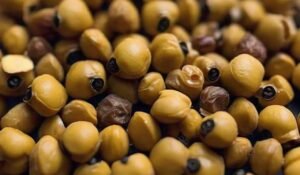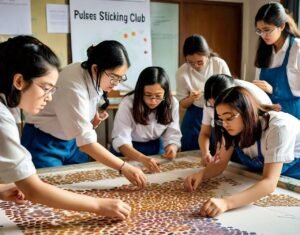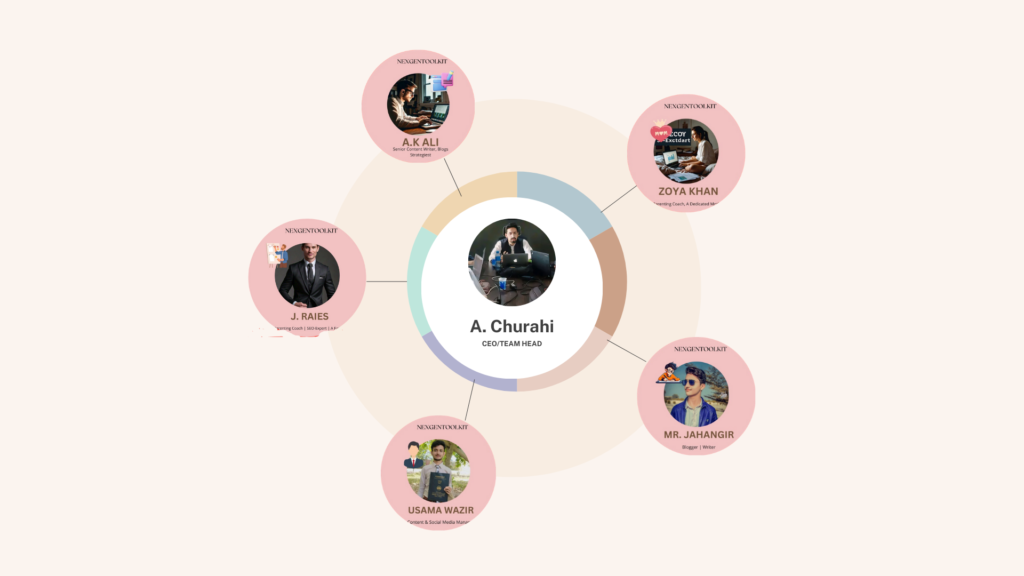In the domain of early childhood education, it is always a challenge to look for things to do with the children that are at the same time educational and enjoyable. One such activity that has been gaining popularity among students with regards to the pulses is the Pulses Sticking Activity. Simplicity also adds value and fun to the exercise making this to be one of the most advisable educational exercises among educators and children. Drawing on details regarding the Pulses Sticking Activity, the advantages, processes, and types to which reference is made shall explain why PSA is a good teaching tool.
You May Also Like This Latest Names Meaning Secret

What is the Pulses Sticking Activity?
The Pulses Sticking Activity entails the use of various types of pulses (lentils, beans, chickpeas, etc. ) to make pictures or patterns on a surface most commonly being paper/cardboard and glue. Because it wipes the board clean, this activity is ideal for students of all ages and has a set of common learning goals. They might be as useless as random doodling, or as useful as lettering/ numbering and formation of complex shapes/ figures.
The following are the advantages of the sticking activity particularly for Pulses;
Enhances Fine Motor Skills:
This kind of activity increases children’s fine motor skills because it involves picking up small pulses and placing them on a surface. This activity involves hand-eye coordination, focus, and dexterity of the fingers all of which are important in the task to be done.
Promotes Creativity:
Children are born artists, and the Pulses Sticking Activity initiates this aspect of the child’s creativity. They can come up with different colors, shapes, and sizes that they prefer to use and this helps them produce a different product. This remains a socially and creatively important process in every person’s cognitive and personality development.
Educational Value:
The activity can be used when explaining a range of educational concepts. For instance, young children can be taught various kinds of pulses, their color and texture. Young children can use pulses to write letters, and numbers, and young children can also use pulses to solve mathematical problems. The hands-on approach used in Rich House, and Poor House makes learning more fun and hence more likely to be retained in the long run.
Sensory Development:
It is possible to get a good experience of pulses when cooking since they come in different types. The children can touch the different pulses and their sizes; this also helps in the development of the children’s senses. This aspect proves especially helpful for children with problems with the sensory system.
Environmental Awareness:
Education or training that incorporates natural items such as pulses into the exercises can enhance the awareness of the environment. This lesson introduces children to pulses in terms of the foods they provide and their position in the sustainable diet. This can open a discussion about farming, food intake, and climate and expand their general knowledge concerning the world.
Ways to carry out Pulses sticking activity
Materials Needed:
- Pulses are classified into legumes such as lentils, beans, chickpeas, and so on.
- Glue
- Cardboard or thick paper
- Faber and fondant pencils or markers (optional for sketching)
- Pulses sorting bowls or containers of nylon fabric Huey click type to facilitate its identification.
Steps:

Preparation:
To begin the process of sorting the pulses, place them into individual bowels or any other receptacles. This helps the children select and utilize the pulses during the activity clearly and without any confusion. Cut the cardboard or thick paper for gluing the pulses on it.
Design:
To the type of activity suited to children and their learning ability or based on the intended learning objectives, one can either let the children freestyle by drawing the designs using pencils or markers or give a set of outlines. In the case of children being little, it is better to use circles, squares, or some sort of animal silhouette. In older children, simple prints like stars, hearts, and animals can be replaced by designs such as letters. , numbers, or even scenes.
Sticking:
Explain how the glue should be applied on a small portion of the penciled design then put the pulses on the glued part. Promoting youngsters to work diligently, putting glue and adorning pulses step by step. Achieving this helps in the growth of their fine motor skills as well as their patience.
Completion:
As soon as the design is done, let the glue set for a significant amount of time. This may take a few hours or depending on the quantity of glue used, it may require overnight curing. After the event of drying, they may either be hung for display or be taken home as souvenirs.
The following are some of the variations to the Pulses Sticking Activity:
- Educational Themes:
Apply the activity to other educational topics as needed. For instance, make a map of the world and assign different pulses to different countries. This may elicit a discussion on geography, the people, and various types of pulses that are incorporated into a variety of meals.
- Seasonal Projects:
Add an element of the season for which the activity is being done into the activity. For example, cook green lentils into the shape of a Christmas tree or pumpkins with orange lentils in the Halloween season. This makes the activity very much appealing and fun and this is done in such a way that the particular activity matches different occasions in the year.
- Mathematical Patterns:
They involve the use of pulses that can be used to teach patterns, sequences, and symmetry within mathematics. By drawing these patterns children can recall such patterns and symmetrical designs as is required in mathematics.
- Storytelling:
Integrate the Pulses Sticking Activity with the Picture and Storytelling. Pulse out scenes from a story and have children describe their artwork as one of the processes of telling a story. This in turn strengthens their ability to tell narratives and understand them.
Tips for Success
Safety First:
Make sure the pulses used do not in any way pose any danger to the health of the consumers. Teach caretakers and other attendees of young children how to prevent young children from putting pulses in their mouths.
Be Patient:
This activity is time-consuming and is best carried out with accuracy. Do not pressure the children to work and finish what is on the paper quickly, making sure to extend the time as needed.
Praise Efforts:
Emphasize the work done and the novelty rather than polish the result. Reward children and encourage good work performance because this is the only way to increase children’s interest in learning.
Adapt to Needs:
The activity is a common teaching strategy that can be modified depending on the children’s needs or disability level. Larger piles may be less problematic for younger children, and for complex patterns and designs, older children can work smaller pulses.

Conclusion
The Pulses Sticking Activity is creative play for learning and regarding the use of the material, fun is a definite aspect of the learning process. They include; improving fine motor skills, encouraging creativity, and offering sensory experiences.
Explore Attractive Uncle Names










